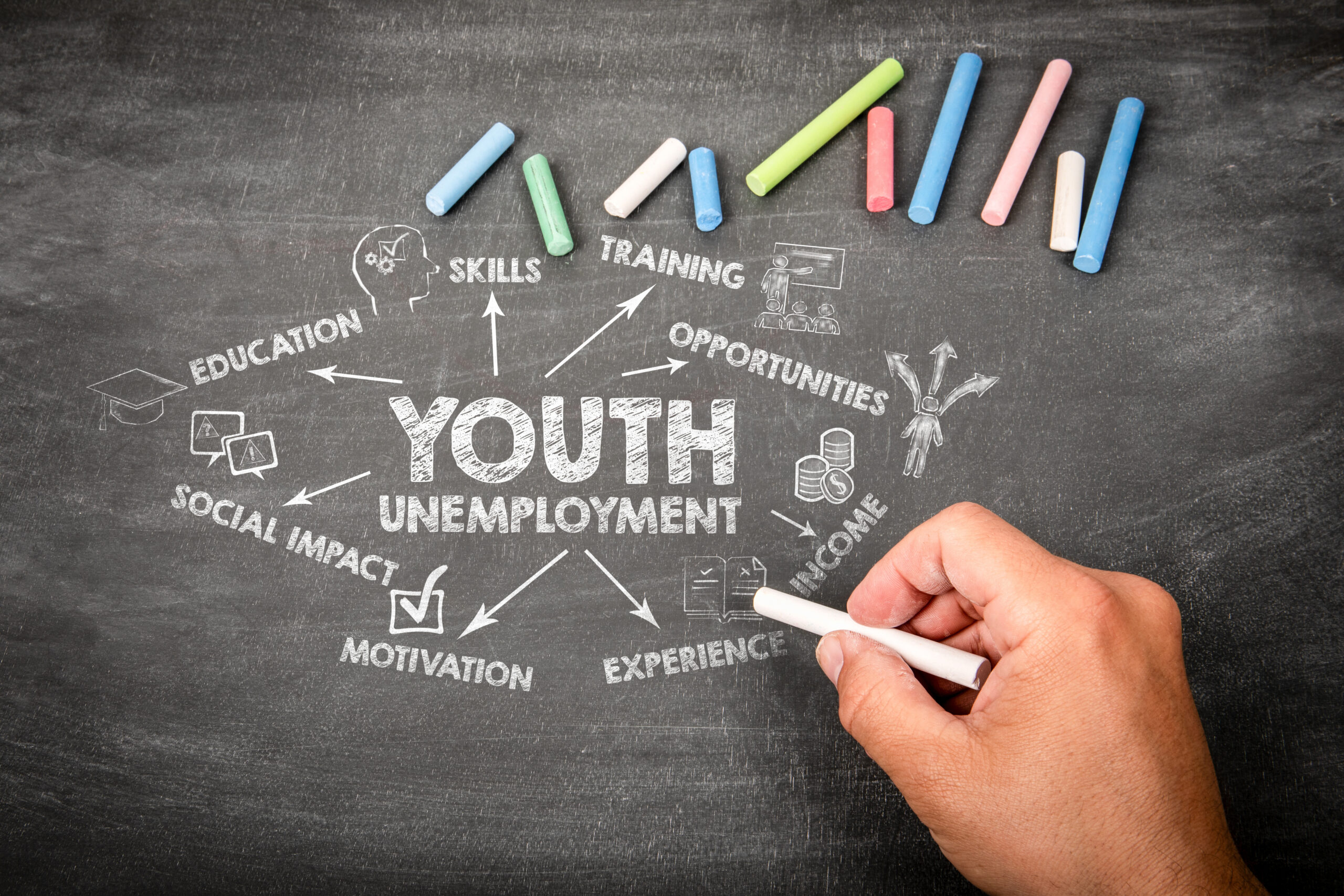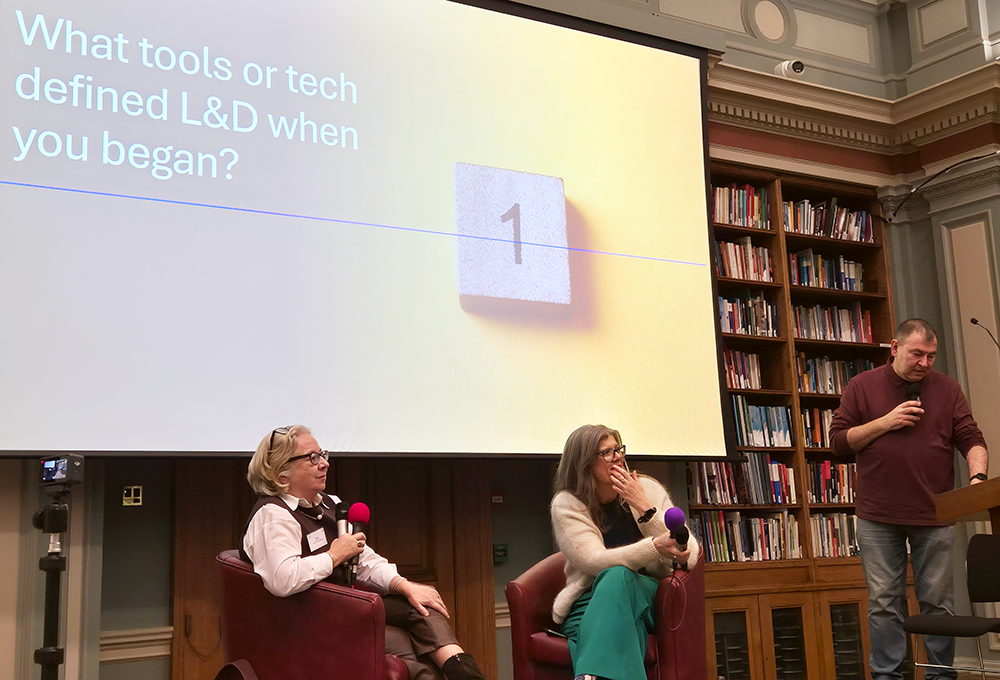We shouldn’t lose sight of the impact of learning in the ‘new normal’, says Andy Moss.
.As countries and organisations around the world begin to emerge from lockdown and contemplate life with Covid, our inboxes and newsfeeds are awash with views on what this means for learning and development.
Most commentators agree that online solutions will be ever more important in this new normal – as organisations realise they can continue to work remotely, or simply that they need to be ready to switch quickly – to be ‘Hiflex’ to borrow a term from higher education – if we’re hit by a second wave of lockdowns (as we’re seeing now in South Korea).
For those of us working in elearning, it means it’s going to be a very busy time. And I’d argue it also places a great responsibility on us: to ensure that the learning programmes we help design and build are as accessible and effective as they can be.
Most commentators agree that online solutions will be ever more important in this new normal
So I’ve been really surprised that two key themes – equity and impact – have been largely absent from the conversation to this point.
Equity
Long before any of us had heard of Covid-19, social-distancing and the like, we were already facing huge challenges around access to learning and development.
The Missing Millions report found that over a quarter (26%) of respondents had not had any training for at least a decade. Older workers, and those from lower socio-economic groups have been disproportionately affected by this lack of training investment.
As we rise to the challenge of Covid-19, building programmes that allow employers and learners to upskill and reskill, we have a golden opportunity to put equity at the heart of our response.
To do that, our learning strategies need to place real weight on accessibility, ease of use, quality of experience, and support for different learning styles – to allow learners to self-pace, to step on and off programmes to meet caring responsibilities, and to work across all devices – to meet learners where they are, not where we want them to be.
Get this right, and we’ll open up learning opportunities for more and more people. And we’ll also help drive the second critical element of our elearning response: measurable impact.
Impact
Several years ago I was told by someone far wiser and more experienced that impact would remain the ‘holy grail’ in learning and development – an almost mystical concept that slips through your fingers whenever you try to grab hold of it.
But to me this over-complicates the opportunity. Ask two simple questions at the outset of any course design, and we’ll make huge and immediate strides:
-
First, what outcomes do we want to achieve? This sounds so obvious, but can we always say, hand on heart, that we sat back and really defined – I mean really defined – the exact skill, behaviour or mindset we want learners to gain from our programme?
-
Second, what information or data can and will we collect to show that we’re succeeding in delivering those outcomes? In my experience, this is where you can get tied in knots if you’re not careful – perfection is the enemy of progress. Often we have more than enough data in our hands, we just don’t use it or link it in ways that can be used.




